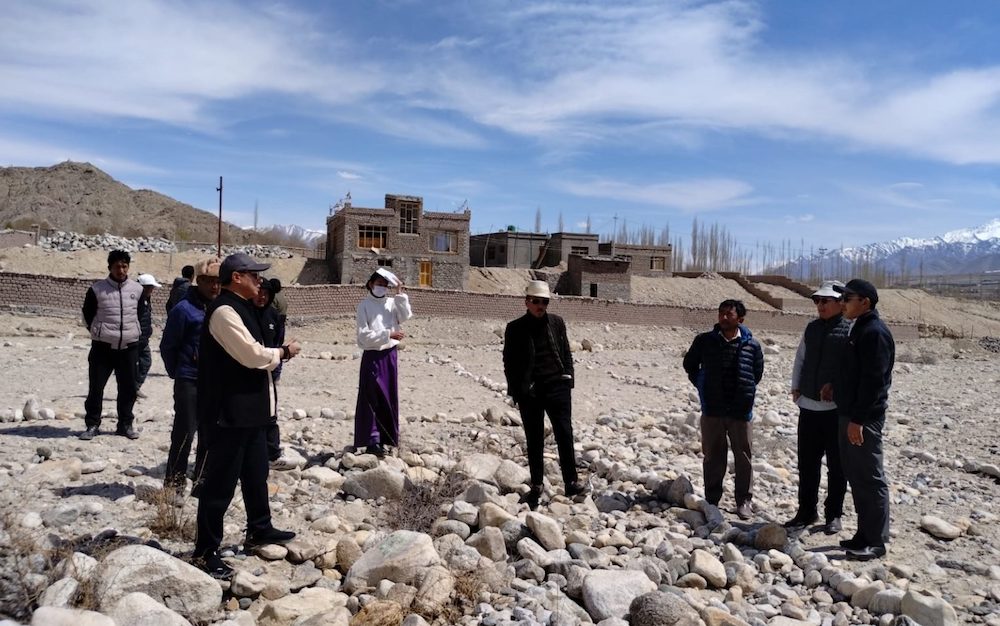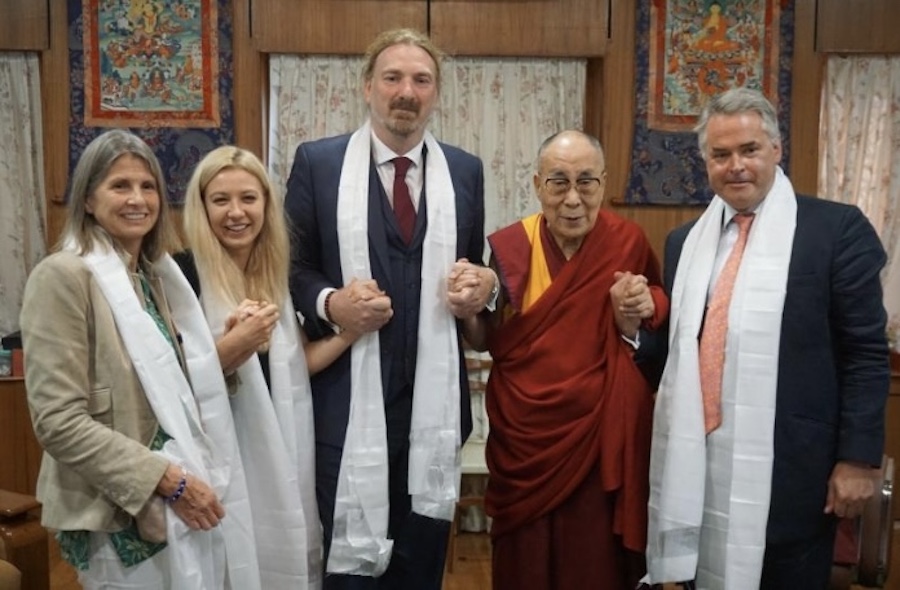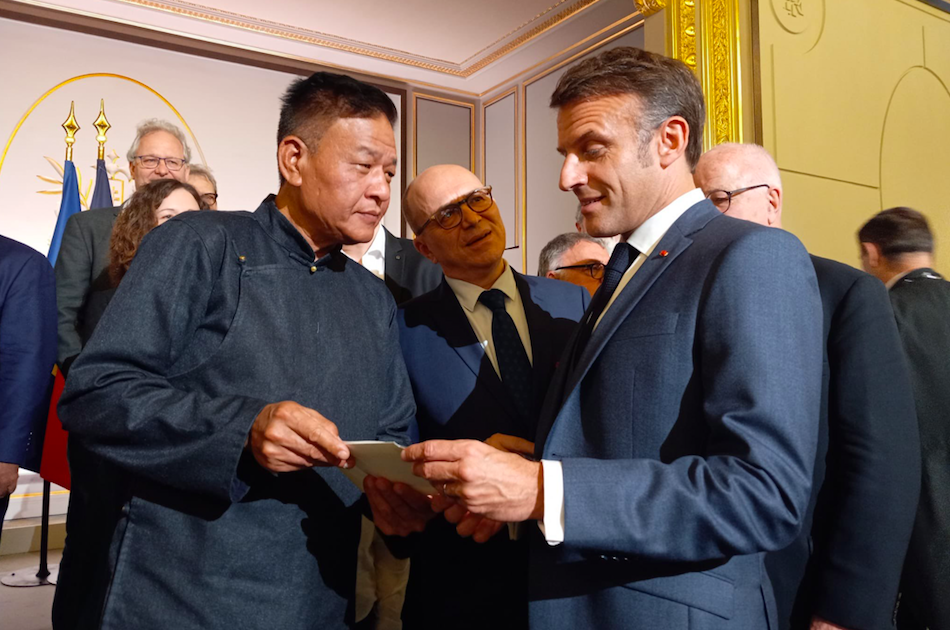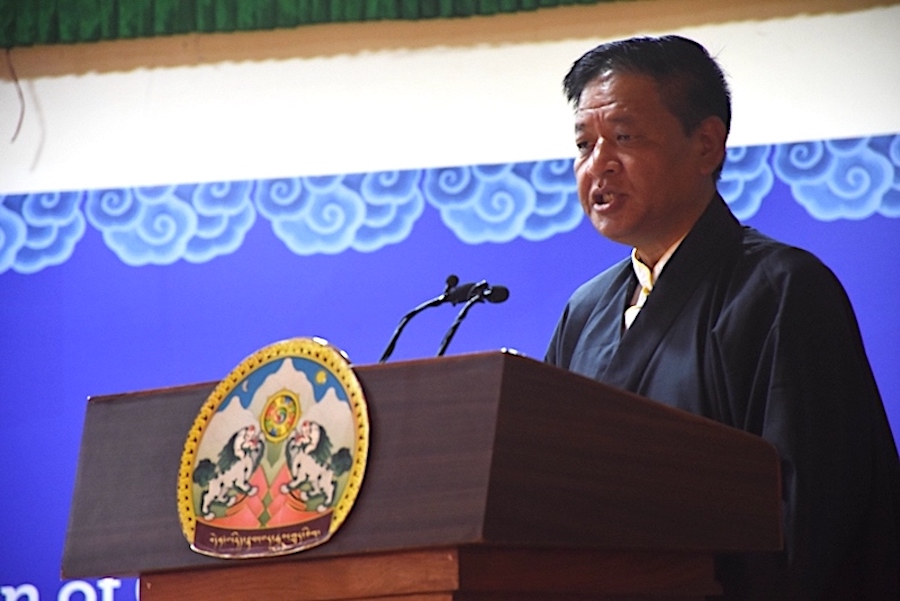By ROGER PULVERS
“From the perspective of Chinese Communist Party ideology, China was a victim of Western imperialism from the mid-19th century to the mid-20th century, and, as a result, the Chinese tend to remember the humiliations they suffered while rarely considering their own nation to be an imperial power.”
In this way, in “The Struggle for Tibet” (Verso, 2009), author and scholar Wang Lixiong sets out his theses about the past, present and possible future of China and Tibet. Coauthored with historian Tsering Shakya, this superb collection of essays written between 2002 and 2009 presents arguments that elucidate not only the current state of Tibetan-Chinese relations, but also issues that may challenge the very fundaments of the power base of the Chinese Communist Party (CCP).
Chinese communist policies toward Tibet, and political actions there, have been, to a large extent, a mirror image of those pursued by Josef Stalin in the Soviet Union from the early 1930s until his death in 1953. The Soviet Union that Stalin ruled over as a dictator was a multiethnic and multicultural conglomeration of nationalities directed from Moscow under the universal banner of state communism.
Stalin, not an ethnic Russian but a Georgian himself, purged non-Russian leaders in the various republics of the Soviet Union, but allowed for local color to flourish in them in the form of costumed dances, quaint ethnic customs and non-political magazines in the various native languages. All of these tokens were thrown to the peoples of the ethnic republics and prominently exhibited before enthusiastic and well-meaning foreign visitors. Wasn’t this proof that the Soviet Union was freely tolerant of all minorities?
The CCP government has gone to great pains in schools to inculcate into its people the notion that Tibet has always been a part of China proper. However, in his excellent introduction to “The Struggle for Tibet,” historian Robert Barnett puts this into perspective.
“Since at least the 1970s,” he writes, “Beijing has dated this incorporation to the 13th century, when Tibet became a part of the Mongol empire. . . . From a Tibetan perspective, Tibet’s relations had been with the Mongol or the Manchu emperors, not with China as a state or with their successor regimes, and it had therefore become fully independent in 1913 (after the last Manchu Emperor renounced the throne in 1912).”
The CCP government has by no means been inflexible in its approaches to Tibet. In the early 1980s, Beijing resumed contacts with the exiles who, together with the Dalai Lama, had fled Tibet after a rebellion in 1959.
As Wang points out, that new open- door policy can be traced directly to Deng Xiaoping (China’s de facto leader from 1978-97), who stated in December 1978, less than a week after coming to power, that he was willing to have a dialogue with the Dalai Lama himself.
In March 1980, Hu Yaobang, who was to be made CCP chairman the next year, announced six proposals that were highly beneficial to Tibet. These led to a rapprochement between the central government and the people of Tibet that did not come to an end until March 1989, when martial law was imposed and a crackdown began in earnest.
Among Hu’s proposals were those permitting autonomous rule, the replacement of ideology-based laws with practical ones and the substitution of Han Chinese cadres with Tibetan ones. In short, the Stalinist model of central control of an ethnic “republic” propped up on coercive sticks and fed with token carrots was to be dismantled.
Since the 1980s the Chinese government has poured huge amounts of money into Tibet to demonstrate to Tibetans and a world keenly conscious of events in the region that the Chinese people had Tibet’s best interests at heart. Han Chinese flocked to the “new” Tibet. But just as Russians who migrated to the peripheral Soviet republics, living there in privilege and relative splendor, saw themselves as superior to the locals, many Chinese who moved to Tibet ostensibly to help the native populace develop, considered themselves more civilized than Tibetans.
The Chinese soon learned that development does not necessarily lead to stability. By viewing Tibetans with disdain, Chinese people engendered wrath. By treating Tibetan Buddhism, the essence of Tibetan culture, with hostility, the Chinese authorities succeeded only in creating the very circumstances of rebellion that they were trying to avoid.
“The level of police surveillance and control is far higher (in Tibet) than in other areas of China,” writes Tsering Shakya. The protests and riots that broke out in March 2008 in Tibet and neighboring provinces historically home to large numbers of Tibetans engaged not only the monks — the group that had spearheaded the demonstrations of 1959 — but people from all layers of Tibetan society.
The reaction of the Chinese government to the widespread unrest in 2008 was decisive and signaled a pattern devised for use in any ethnic disturbance. That of course involved bringing out the police in force. However, the local people were allowed to riot and perpetrate violence, particularly toward Han Chinese people, so fueling as much publicity as possible for events Beijing labeled “anti- Chinese” in nature.
This permitted Beijing, in the case of the 2008 unrest in Tibet, to blame the Dalai Lama and “his clique.” It also encouraged people throughout China to rush to their computers and spew forth a tsunami of nationalistic fervor to drown out any suggestion that what was happening in Tibet and surrounding provinces was anything other than a foreign plot to destabilize the nation.
Shakya concludes that it is the anti- separatists in the Chinese bureaucracy who have created the situation of ethnic confrontation we see today.
He writes, “In the name of anti- separatism and counter-terrorism, China’s minority regions will inevitably be governed under authoritarian police states.” And he adds, “The events that occurred in Tibet in spring 2008 are likely to interrupt the process of liberalization in the Chinese state.”
Tibet is of massive strategic importance to China, located, as it is, in the nuclear-weapons triangle formed by China, India and Pakistan. Indeed, Barnett calls Tibet “a core issue. . . . The Chinese state cannot resolve its key contradictions and become sustainable until it resolves its problems in Tibet.”
The Soviet national anthem began with the words, “The indestructible union of free republics.” Sung in a mere four words in Russian, this phrase screamed out a paradox: How could the union be indestructible if the republics were free to leave it? Less than 40 years after the death of Stalin, the Soviet Union broke into pieces like a jigsaw puzzle shaken to the ground.
No one should wish violence or instability on China; and what degree of autonomous freedom or independence Tibet is to have is between the Tibetan and the Chinese people.
But after reading “The Struggle for Tibet,” I was convinced that the only way to come to terms with history is for the political leaders of China to sit down at the table with the spiritual leader of Tibet, the Dalai Lama.
As Shakya wrote in March 2009, “Until the underlying issues of perception and language are resolved, until China listens to local voices, and local memories are understood, it is unlikely that any progress will occur.”
[OPINION-DISCLAIMER]









